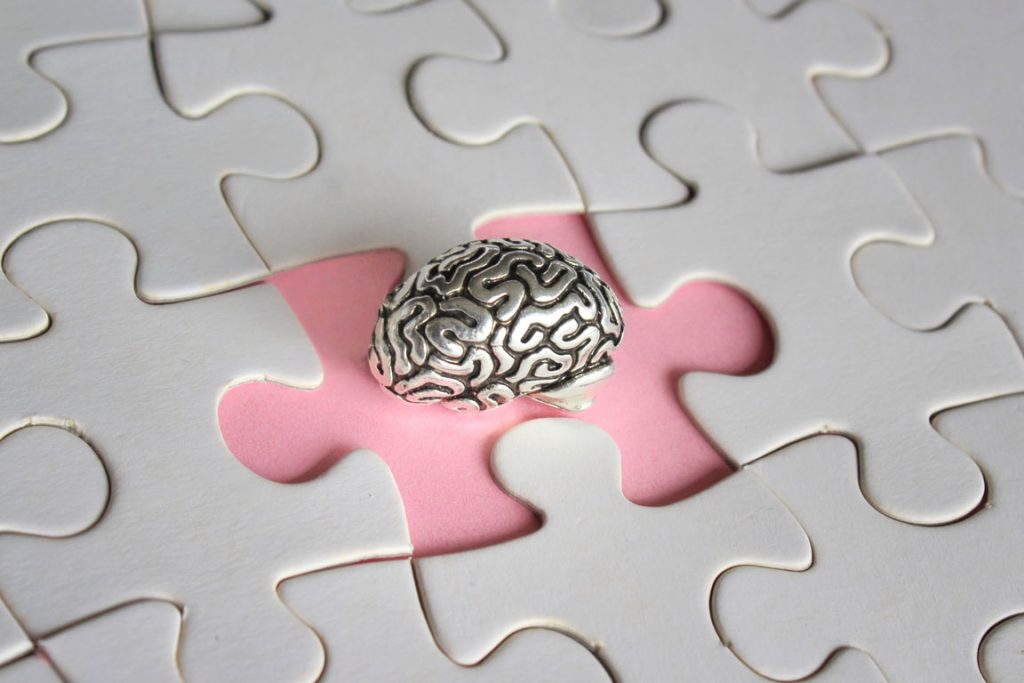There are around 5 million people over 65 years old that have been diagnosed with at least one form of dementia in the US, and Alzheimer’s disease is dementia’s most common form. At San Simeon by the Sound, we cater to the specific needs of each resident dealing with dementia and its associated symptoms.
What Is Dementia?
Dementia is an umbrella term used to describe a range of neurological conditions affecting the brain that get worse over time. It is the loss of the ability to think, remember, and reason to levels that affect daily life and activities. Some people with dementia cannot control their emotions and other behaviors, and their personality may change.
In the past, dementia was sometimes referred to as “senility” and was thought to be a normal part of aging, likely because it is more common as people age. As many as half of all people age 85 or older may have dementia. But dementia is not a normal part of aging. Not everyone develops dementia as they get older, and, in rare cases, some people develop dementia in midlife.

What Causes Dementia?
Dementia is the result of changes in certain brain regions that cause nerve cells (also known as neurons) and their connections to stop working properly. Researchers have connected changes in the brain to certain forms of dementia, but, in most cases, the underlying causes are unknown. For a small number of people, rare genetic mutations that cause dementia have been identified.
Types of Dementia Include:
- Alzheimer’s disease is the most common dementia diagnosis among older adults. Alzheimer’s dementia is typically associated with abnormal buildups of proteins in the brain — these are known as amyloid plaques and tau tangles — along with a loss of connection among nerve cells. These changes can be seen during life using a PET scan.
- Frontotemporal dementia (FTD) is rare and tends to occur in people younger than 60. FTD is named for the areas of the brain affected. Changes in the frontal lobe lead to behavioral symptoms, whereas changes in the temporal lobe lead to problems with language and emotions. These changes include abnormal amounts or forms of the proteins tau and TDP-43, and the loss of nerve cells.
- Lewy body dementia (LBD) symptoms include problems with thinking, movement, behavior, and mood. People with LBD have abnormal deposits of a protein called alpha-synuclein in the brain, also called Lewy bodies.
- Vascular dementia is a diagnosis of dementia in people who have vascular changes in the brain, such as a stroke or injury to small vessels carrying blood to the brain. People diagnosed with a vascular dementia may also show changes in the brain’s white matter, i.e., the connecting “wires” of the brain that relay messages between regions. These changes can be seen with an MRI.

Programs and Services to Promote Overall Wellbeing
Our patient-centered care facility offers residents access to a variety of programs and services to promote both mental and physical wellbeing. We design activities with proven therapeutic benefits, tailored to the unique interests and abilities of each of our residents. Our staff also includes members who have been specially trained and are experienced in techniques that help residents cope with obstacles pertaining to dementia.
Contact us today to learn more about our dementia and Alzheimer’s care or any of the other patient-centered services we offer.
